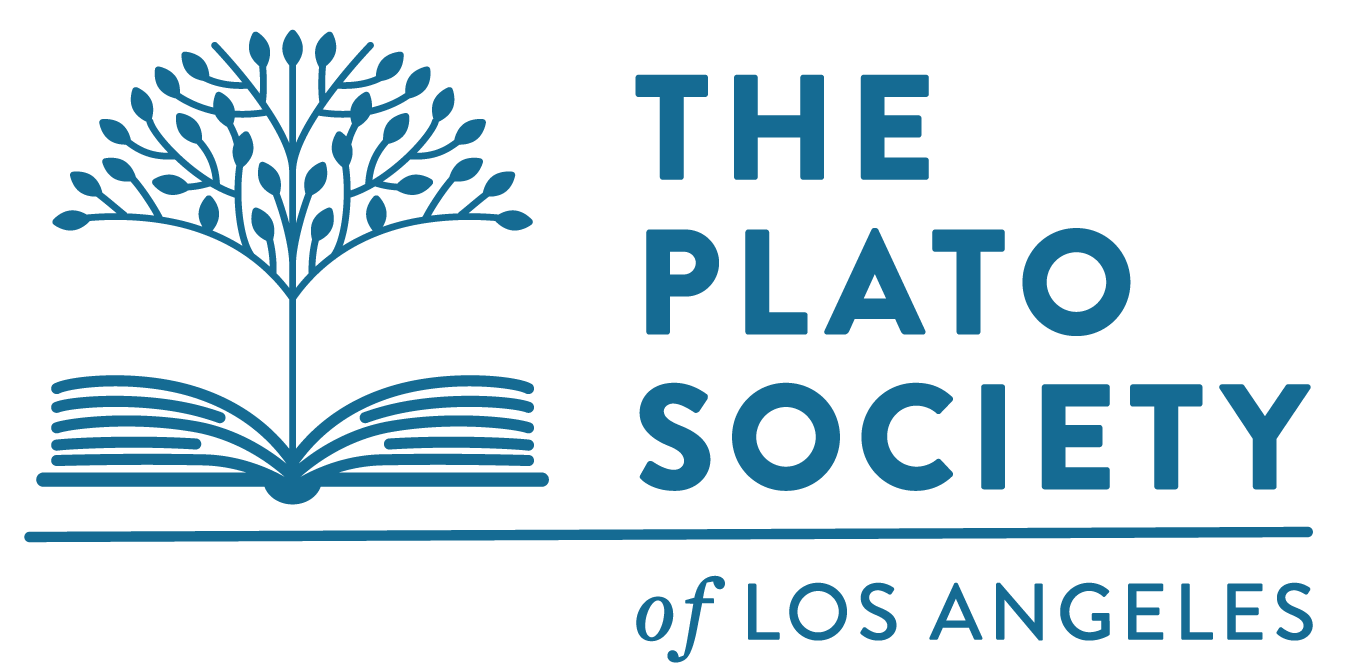This SDG is based on a fascinating new best-selling book, The Dawn of Everything, a New History of Humanity, by anthropologist David Graeber and archaeologist David Wengrow. In this iconoclastic and irreverent book, they argue, with evidence, that the current prevailing theory, represented by academics such as Harari, Diamond and Fukuyama, is a myth. At its core is a story of the rise of civilization and, with it, the rise of the state, proceeding at roughly the same times linearly through time, with equivalent stages of development e.g., hunter-gatherers to the sudden development of agriculturalism and the allegedly inevitable development of agriculturalism into hierarchical communities based on inequality.
Our authors argue all this is or at least may well be wrong. They point to recent archaeological discoveries which show that early humans, far from being automatons blindly moving in evolutionary lock step in response to material pressures, but, self-consciously experimented with “a carnival parade of political forms,” with varying degrees of success. Many of those forms were not based on the inequality which we now understand to underlie our civilization. An interesting contention is that the Enlightenment had its roots in the study by European philosophers such as Rousseau of models of equality as practiced by the residents of the North American continent.
The authors sifted through evidence from 200,000 years of human history in an effort to understand how inequality began, why humans today are “stuck” in rigid, hierarchical states that would have appalled our pre-historic ancestors. They identify many civilizations which did not move in a linear way to today’s societal norms. E.g., some hunter-gatherers moved right into an urbanized state. Many experimented with other forms of governance and organization. Many fascinating examples are provided. In the Americas, some indigenous groups were agriculturalists for half the year and nomads for the other half. Though some civilizations developed bureaucracies, militaries and property regimes, others held property communally and established temporary police forces that were dissolved every few months. They describe the Minoans of Bronze Age Crete, ruled by female politicians and neighboring California and Pacific Northwest Coast civilizations, one peaceful and egalitarian, the other warlike and slave holders.
Their point is that people always reinvented themselves until they became trapped in such tight conceptual shackles that we can no longer even imagine the possibility of
reinventing ourselves. They do not suggest that equality is the norm or that it is inevitable, but that things have become so restricted as to stunt its growth and prevent experimentation.
In this SDG, we will explore the rise (and decline) of a fascinating diversity of cultures and civilizations on six of the seven continents, reason alone for taking this SDG. Those who questioned Harari’s assertion in Sapiens that agriculture enslaved humans will particularly enjoy this SDG, especially if they need persuasion as to his view of myths.




